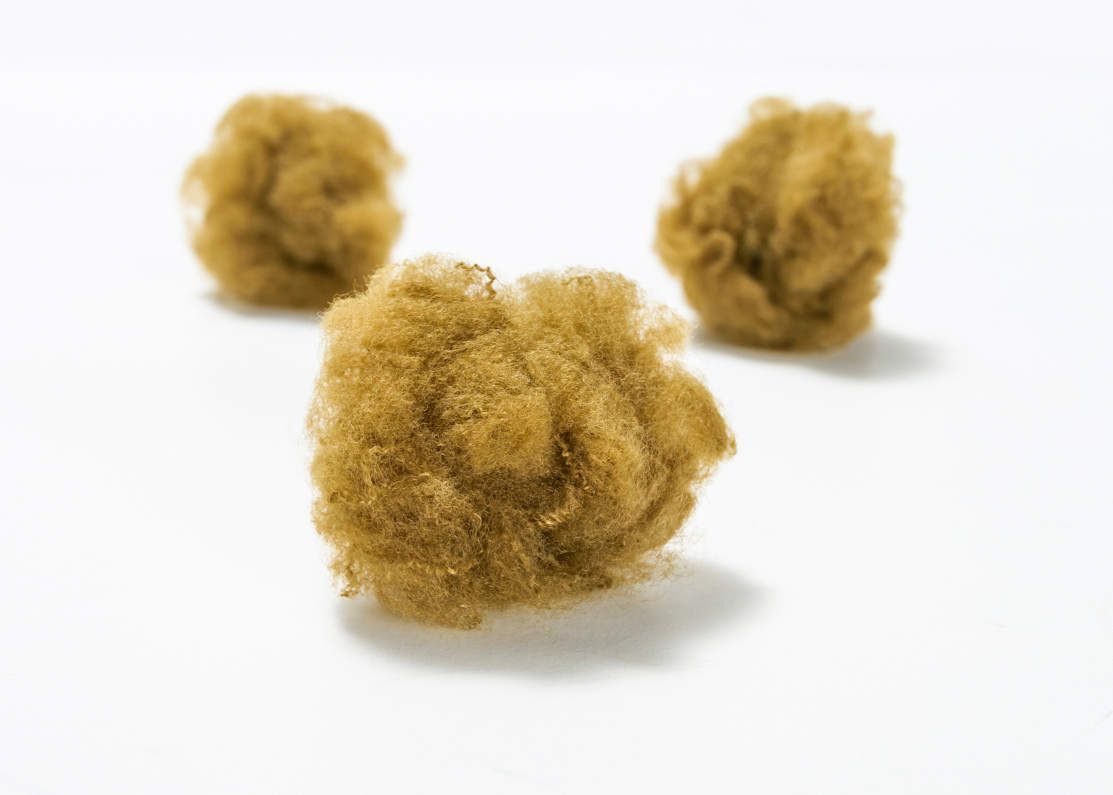
-
 Service Tel
Service Tel
- 0512-52551712
Application of composite spun fibers in the automotive industry
source:nhnadgj.cn | Release time:2024-11-271. Car body and exterior parts
Body panels: Composite spun fibers can be used to manufacture body panels such as roofs, doors, engine hoods, and trunk covers. For example, body panels made of carbon fiber reinforced plastic (CFRP) have the characteristics of lightweight, high strength, and high stiffness, which can improve fuel economy and vehicle handling performance while reducing body weight. The Ford Mustang Shelby GT500 features a carbon fiber composite roof that is 30 pounds lighter than traditional metal roofs; The Corvette Stingray uses a carbon fiber composite hood that is 20 pounds lighter than an aluminum hood
Bumpers and spoilers: Composite spun fiber materials such as glass fiber reinforced plastic (GFRP) are often used to manufacture bumpers and spoilers. These components not only provide additional protection and improve aerodynamic performance, but also effectively reduce weight, such as the fiberglass bumper used in Honda Accord and Toyota Camry, which helps improve fuel efficiency
2. Automotive interior parts
Dashboard and door panels: Composite spun fibers can be used to create lightweight, durable, and highly malleable dashboards and door panels, providing passengers with comfortable and stylish interior space. For example, the carbon fiber dashboard used in the Porsche 911 enhances the luxurious and sporty feel inside the car
Seats and steering wheel: Fiber composite seats and steering wheels can reduce weight, improve strength, and have ergonomic advantages. The Lexus LC500 uses CFRP seats, which not only improve support but also reduce weight, providing drivers with a better driving experience
3. Automotive chassis components
Frame and suspension components: Frame and suspension components made of composite spun fibers have high strength and stiffness, while significantly reducing weight. For example, the carbon fiber reinforced plastic frame used in Tesla Model S is both sturdy and lightweight, effectively improving the vehicle's performance
Drive shaft and suspension arm: Compared to traditional metal components, drive shafts and suspension arms made of composite spun fibers are lighter, more corrosion-resistant, and can reduce vibration, thereby improving fuel efficiency. The carbon fiber drive shaft used in the BMW M5 not only improves power transmission but also reduces the weight of the vehicle
4. Functional components of automobiles
Battery casing: In electric vehicles, fiber composite battery casings are lightweight, corrosion-resistant, and can effectively protect the battery from impact and erosion. The battery pack with aluminum frame and FRP composite shell used in Tesla Model 3 not only ensures the safety of the battery, but also helps reduce the overall weight of the vehicle
Gas storage tank: Gas storage tanks made of composite spun fibers are lighter and more corrosion-resistant than traditional metal gas storage tanks, and can be used to store compressed air or natural gas. The Mercedes Benz S-Class uses CFRP air storage tanks, which reduce weight while improving safety.
Previous:
What are the performance characteristics of compo…
Next:
The application of polylactic acid fiber in the t…

 wechat number:
wechat number:

 Tel:0512-52551712
Tel:0512-52551712
 Address: Baziqiao village, Zhitang Town, Changshu City, Jiangsu Province (next to national highway 204)
Address: Baziqiao village, Zhitang Town, Changshu City, Jiangsu Province (next to national highway 204)
 E-mail:sales@kingcharmcn.com
E-mail:sales@kingcharmcn.com

 Wechat
Wechat
 Contact
Contact
 Telephone
Telephone